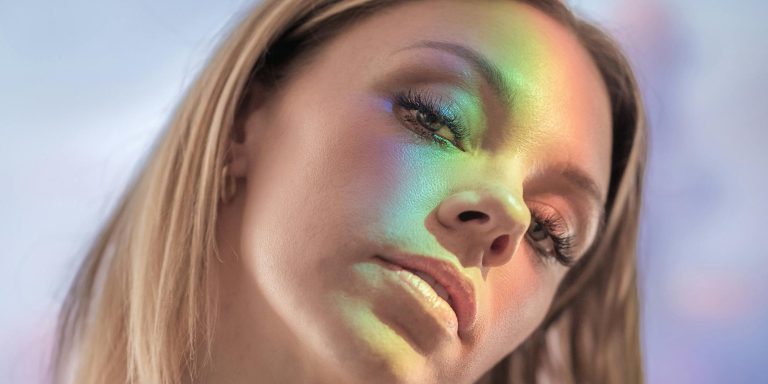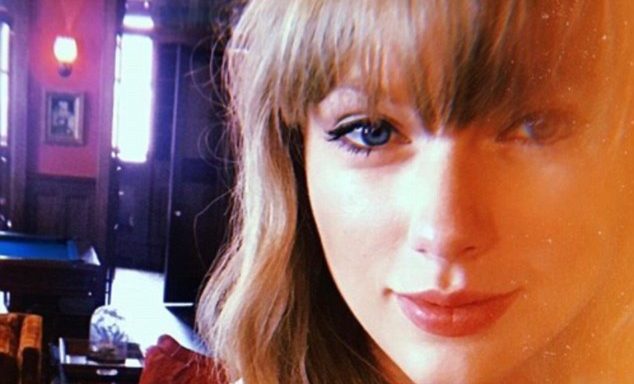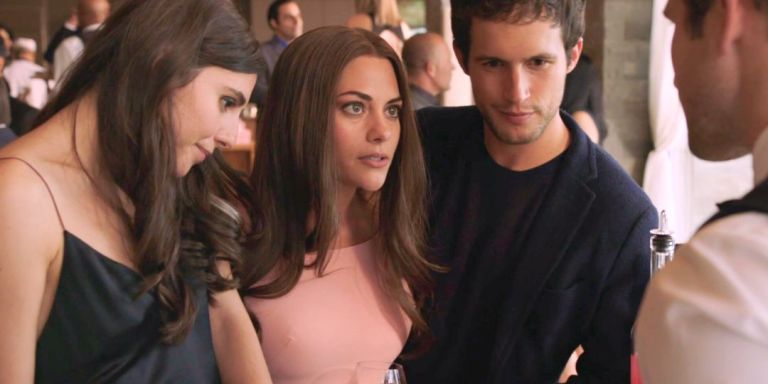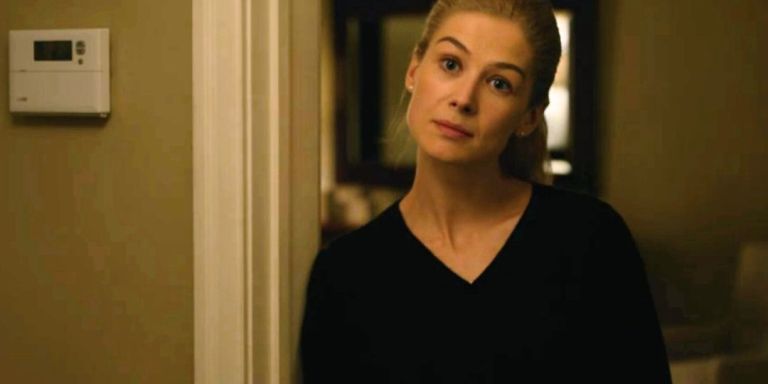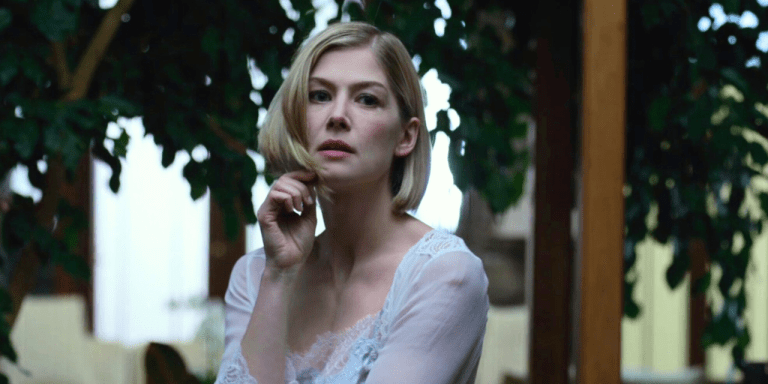Harlan Coben’s Shelter is shaping up to be quite the twisty-turny mystery with disappearing children, sinister suspects, and an overall haunting and suspenseful atmosphere. Yet, despite all the keep-you-guessing red herrings and flashbacks to some clandestine past, the show has fallen victim to a handful of clichés that, over the years, have become a bit eye-roll-worthy.
Mild Spoiler Warning for Episodes 1-3 of ‘Harlan Coben’s Shelter’
1. The ominous (and omniscient) old woman
What would an adolescent-targeted mystery be without a creepy old woman? With long, straggly gray hair, unmanicured nails, and jewel-adorned fingers, “Bad Lady” — so aptly named by the townsfolk who share stories about her child-eating ways — peers from the window of her decades-old foreboding home. It’s shrouded in unkempt bushes and vines. We wouldn’t be surprised if the wallpaper is peeling and there are cracks in the bathroom tile. A sort of evil Miss Havisham from Great Expectations, if you will. She’s one of the show’s leading suspects. She’s puppeteering the men who spy on our children. She’s serious and sagacious. It’s as if each time she knits her brow, a new wrinkle forms indicative of the hurdles she has had to overcome. The lives she has had to ruin.
Creepy old women are nothing new — think Drag Me to Hell, Rosemary’s Baby, Barbarian. It’s that combination of wisdom and weariness. Will and woe. She speaks with precision and purpose. However, there’s a sense of ambiguity in her words. Concerning this trope, age itself acts as fear-striking, for what could be scarier to our youth-obsessed culture than a woman who has done the unthinkable three words: Let herself go. It’s not only old hat, but honestly a bit problematic. Now, all the show needs to do is make her the hero in the end, as if defying the expectation set forth from her appearance would be any more original than including her in the first place.
2. The social outcast clad in black is an artist
Why must the quiet girl always possess an artistic inclination? It’s so very Allison Reynolds alla The Breakfast Club. The girl clad in black, the social outcast — so beyond the hormonally-driven, popularity-craving ways of her peers — sits with a ballpoint pen and creates a dark masterpiece. Never rainbows and unicorns, but skeletons and shadowy passageways, as to visually suggest her internal turmoil. It’s so overdone. The artistic talent acts as an extension of the character — furthering their illustration as introverted and self-sufficient. Not “too cool for school” like the jock, but rather “too realized” for it. She’s always smart and determined. Introspective and evaluative. A necessary ingredient. A dash of spice in a pool of vanilla.
Yet, there are other ways to suggest such qualities. To imply that those who tend toward artistic pursuits are antisocial, quiet, shy, or just uninterested is a tired cliché that only works to two-dimensionalize the character (and their supposed real-life counterparts) at hand.
When it comes to this particular stereotype, many will often cite the “kernel of truth” theory, which posits that there exists a core of truth among such wild generalizations applied to people. It’s because many have known someone who fits this description that leads to its propagation. However, the issue is not that this person exists at all, but that this person becomes the standard for a group of people who do not fit the mold (in this case: artists), and the many who don’t align become exceptions to the rule as opposed to extensions of the standard.
3. The bully has a crappy home life
The good-looking jock who bullies the new kid. Give us a break. In Shelter, Brian Altamus plays Troy, who becomes a self-selected nemesis to Mickey. He pushes him around on the basketball court (in a game he bulled him into playing) and fouls him with reckless abandon. He’s got a wisecrack up his sleeve and seems content to go around stirring trouble… a little glimmer sparkles in his eye and a side smirk crawls across his face with each shove. Yet, the bully can’t simply be a bully. He needs to be more complex than that. Okay, let’s give him a crappy dad and parents who don’t get along.
The idea that bullies are often victims of bullying or victims in some other sense of the word is not new, nor is it psychologically unfounded. Because it’s such an easy line from cause to effect, the trope has become a scapegoat explanation for crappy adolescent behavior. It’s lazy. One: it’s okay to just present a bully. But, if you want to further characterize them, ideate something more original to substantiate their ways. To imply every action has an opposite and equal reaction is just too scientifically objective when it comes to the human mind. The brain is often more complicated than that, so make the story as equally complex as the psyche. Or, if you prefer a direct road, at least pick one less traveled.
4. Octopus face
So, there’s this creepy guy chasing around innocent girls and assumedly inflicting harm on those who get in the way of his mission. Let’s give him a creepy tattoo – an octopus that takes up half of his face. For, those with nefarious intentions always wear their villainy on their sleeve (or should we say face?). How often do “bad guys” look like criminals in reality? Almost never. Think Ted Bundy or Richard Ramirez or “The Cassonova Killer” Paul John Knowles. All have been described as charming, seductive, smooth-talking, and trustworthy.
Shelter takes the black-and-white, good vs. evil shtick to a whole new level, making all of its suspects visually frightening. If Octo-face turns out to be a true baddie, it will only further the false notion that the creepers of the world don’t hide in plain sight.
5. The nagging mom
Just when we thought we saw all the clichés that Shelter had to offer, in walks Shira’s mother. And, of course, she can’t simply be a supportive and loving mother who cherishes her daughter. She must remind Shira that her uterus has an expiration date. She “compliments” her on her achievements as a lawyer, but she’s concealing her disapproval — suggesting she made a choice that eschewed any opportunity she could have had to be a mother. Being a successful, single woman isn’t enough.
Tense mother-daughter dynamics have been a feature of films and TV shows for ages – whether Grey Gardens, Postcards from the Edge, Lady Bird, or Mildred Pierce, moms who know just how to get under their daughters’ skin aren’t new. Yet, at least in the movies listed above, the relationships receive just exploration. In Shelter, it’s one extra trope that will undoubtedly not receive a chance to breathe in such a twisty-turny show with multiple subplots. Thus, it is there seemingly to add a little drama to a slower scene. A little tension. But, for what purpose? The show has enough tension.


